2/n
Actually, in general, the term Azhwar is used to refer to even those Adiyaars who permanently reside in Sri Vaikuntam with Emperumaan. They are called Nithyasuris. Chakrathazhwar, Garudazhwar, Thiruvananthazhwan, Senapathi Azhwan and such names are quite common.
1/n
Namaskaram Madam. I have reading your tweets which sre very high in devotional aspect. A small doubt. Why is Guru Ramanujaya is not counted as Alwar. Please parron me if this is idiotic question.
— Sathya (@Sathyaganathe) January 10, 2021
2/n
3/n
In case of Swami Ramanujacharya, the purpose of His Avathara was not to reveal the 4000 Divya Prabandhas but to enhance the spread of those 4000 Divya Prabandhas and Their glories.
4/n
1. Swami Ramanuja is none but Swami Nammazhwar's Divine Feet and His Avathara is an extension of Swami Nammazhwar's Avathara.
5/n
6/n
7/n
Adiyen Ramanujadasi ☺️🙏
n/n
There are 2 kramams to count Azhwars:
— Ms K G Dhouhithri (@kgdhouhithri) January 10, 2021
Kramam # 1. In Upadesharathnamalai, Swami Manavala Mamunigal has identified only 10 Azhwars. Here, Andal & Madhurakavigal are not counted. https://t.co/cwi5drAidy pic.twitter.com/8PgQ9LMgfH
#SriBhavishyathacharyar was the very first name using which Swami Ramanuja was referred to i.e. the Acharya of the Future whose birth was already indicated by Swami Nammazhwar to both Sri Madhurakavigal & Sriman Nathamunigal.
More from Ms K G Dhouhithri
I understand the disappointment when our sects fight in full public view and the embarrassment thereof.
However, my concern is different, TBH.
Am even okay with all our infighting.
My problem is when we don't set those differences aside & join hands to face a common foe.
1/n
This maturity is not new to us - it has already been explained in the Mahabharatha!!
Yudhishtira tells his brothers to fight the Gandharvas & defend their cousins (Kaurava). This was *after* the game of dice, mark you.
2/n
When Bheema protested, Yudhishtira explains: "Between us & the Kauravas, we are 5, they are a hundred. In front of outsiders, however, we're a 105."
Sanathana Dharma has been there for time immemorial. It's natural that we have sects, unresolved disagreements, etc..
3/n
Abrahamics have sects for just a 2000-year existence. And they too bicker among themselves!!!
So, the real issue, IMHO, is forgetting to gather under our common identity.
4/n
If we try to silence voices or concerns of our internal sects for the sake of common unity, some people of the section that feels unheard may even shake hands with the very foe we're trying to vanquish. This is one of my greatest concerns.
5/n
However, my concern is different, TBH.
Am even okay with all our infighting.
My problem is when we don't set those differences aside & join hands to face a common foe.
1/n
This is the problem with us. After all we fight among ourselves for Thengalai or Vadagalai Thiruman for temple elephants. https://t.co/kLvdZl25Ea
— Krish Sriram (@anavrittim) February 6, 2021
This maturity is not new to us - it has already been explained in the Mahabharatha!!
Yudhishtira tells his brothers to fight the Gandharvas & defend their cousins (Kaurava). This was *after* the game of dice, mark you.
2/n
When Bheema protested, Yudhishtira explains: "Between us & the Kauravas, we are 5, they are a hundred. In front of outsiders, however, we're a 105."
Sanathana Dharma has been there for time immemorial. It's natural that we have sects, unresolved disagreements, etc..
3/n
Abrahamics have sects for just a 2000-year existence. And they too bicker among themselves!!!
So, the real issue, IMHO, is forgetting to gather under our common identity.
4/n
If we try to silence voices or concerns of our internal sects for the sake of common unity, some people of the section that feels unheard may even shake hands with the very foe we're trying to vanquish. This is one of my greatest concerns.
5/n
More from Religion
A TINY THREAD ON NON-ACCEPTANCE OF ATHEISTS IN SOME HINDU HOLY BOOKS.
Many RW Hindus with confused identity think that Hinduism accepts Atheists.
What do some of the Hindu sacred texts say on this topic? Let's see.

Shri Krishna was 100% clear on importance of Shaastras as we already know.

Shri Rama was also clear on what should be done to atheists.
Ayodhya Kanda of Valmiki Ramayana.
https://t.co/lbCkEkPobA

Maharaaj Manu on Atheists.

Bhagvan Ved Vyas Ji in Shanti Parva of Mahabharata said this to his son Shukadeva regarding Atheists.

Many RW Hindus with confused identity think that Hinduism accepts Atheists.
What do some of the Hindu sacred texts say on this topic? Let's see.

Shri Krishna was 100% clear on importance of Shaastras as we already know.

Shri Rama was also clear on what should be done to atheists.
Ayodhya Kanda of Valmiki Ramayana.
https://t.co/lbCkEkPobA

Maharaaj Manu on Atheists.

Bhagvan Ved Vyas Ji in Shanti Parva of Mahabharata said this to his son Shukadeva regarding Atheists.













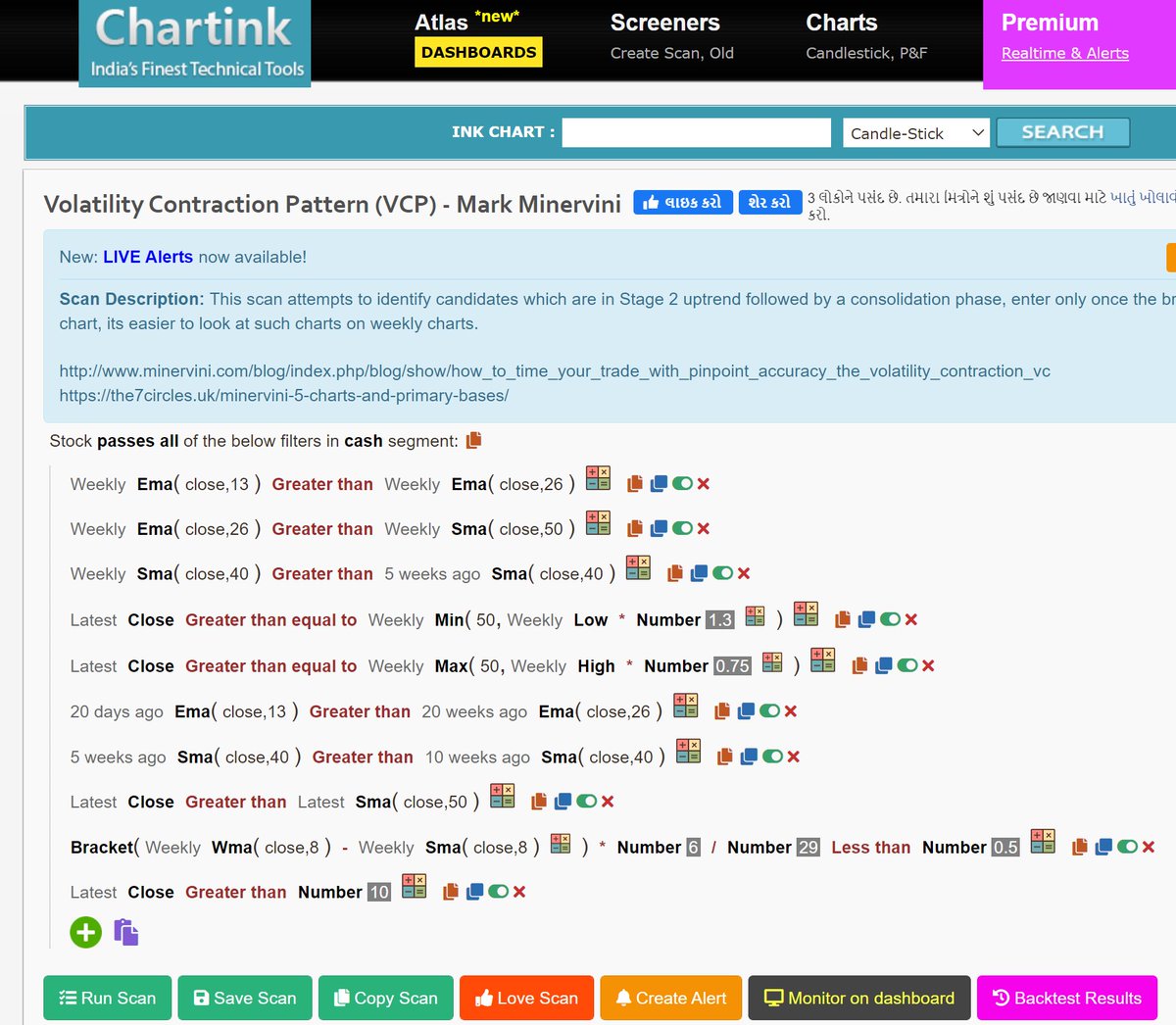


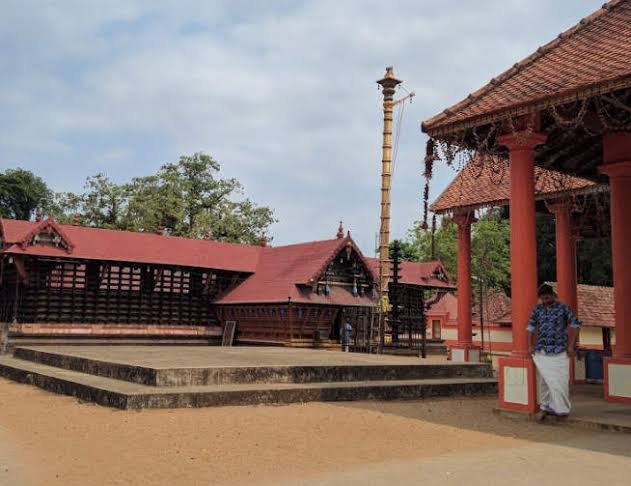


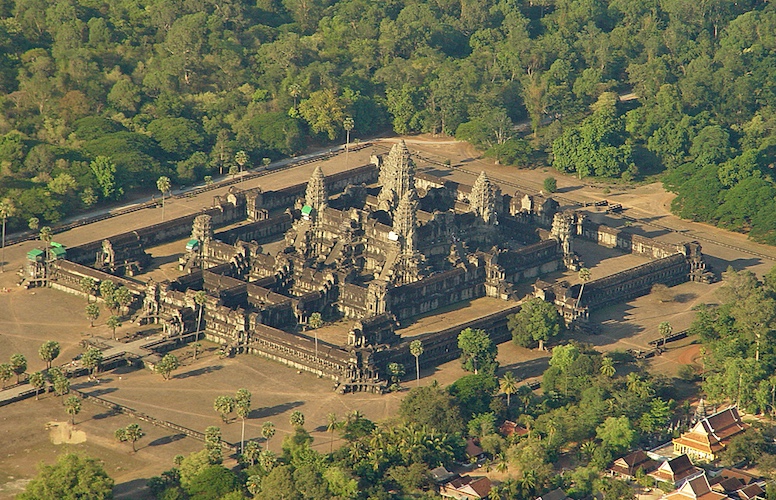

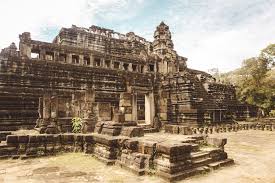

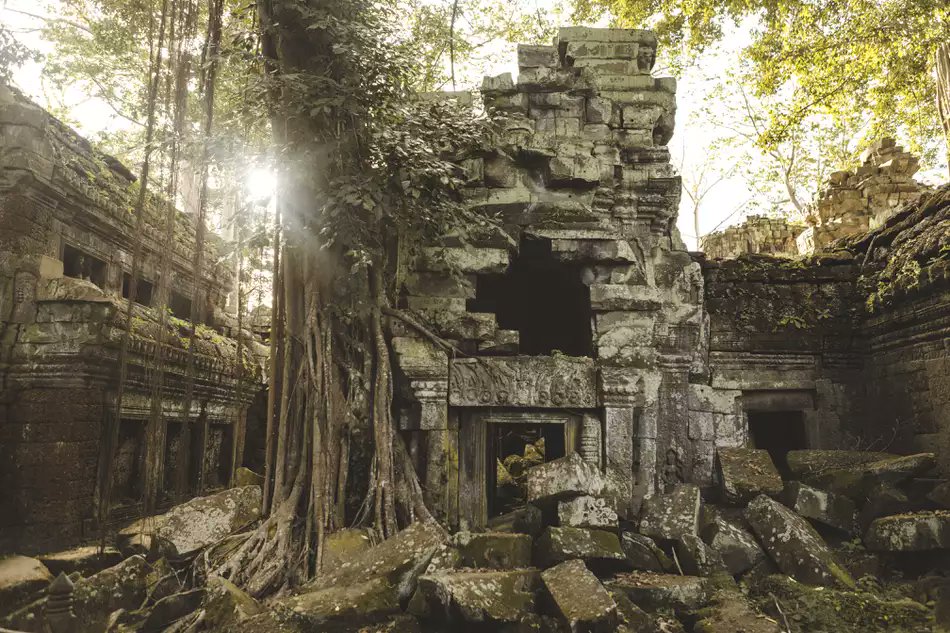

![Peter McCormack [Jan/3\u279e\u20bf \U0001f511\u220e]](https://pbs.twimg.com/profile_images/1524287442307723265/_59ITDbJ_normal.jpg)